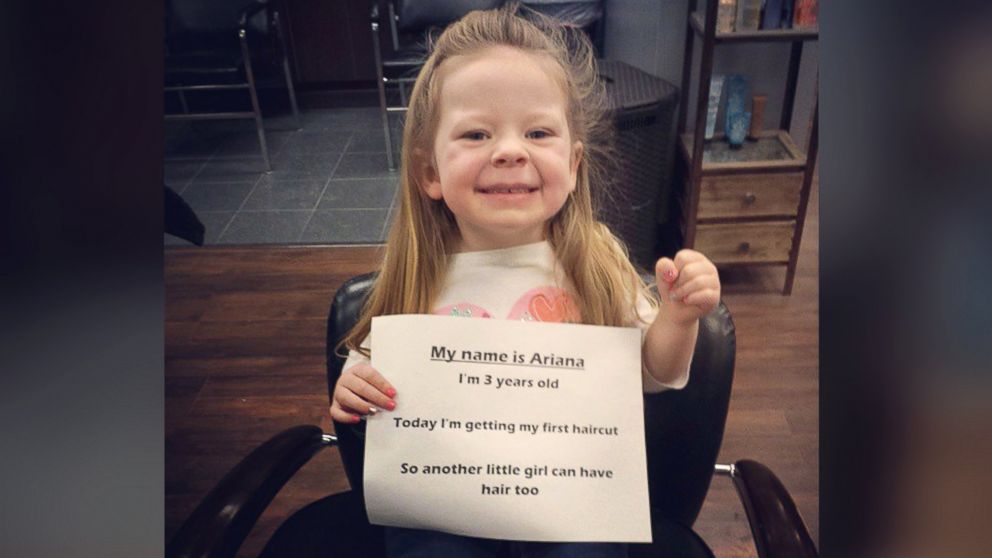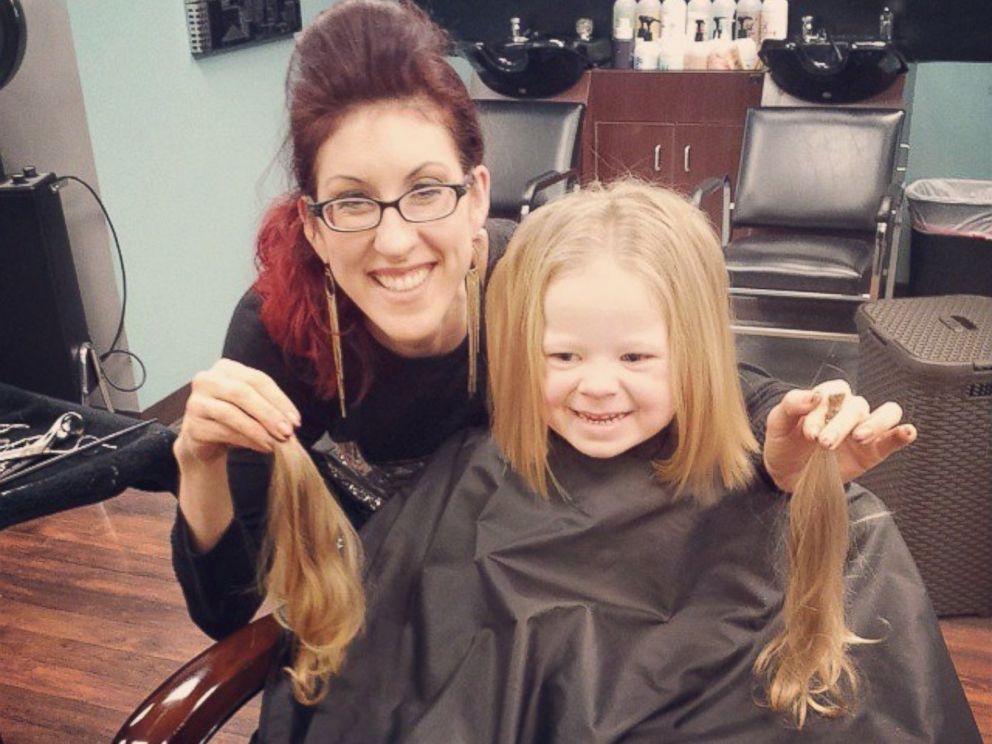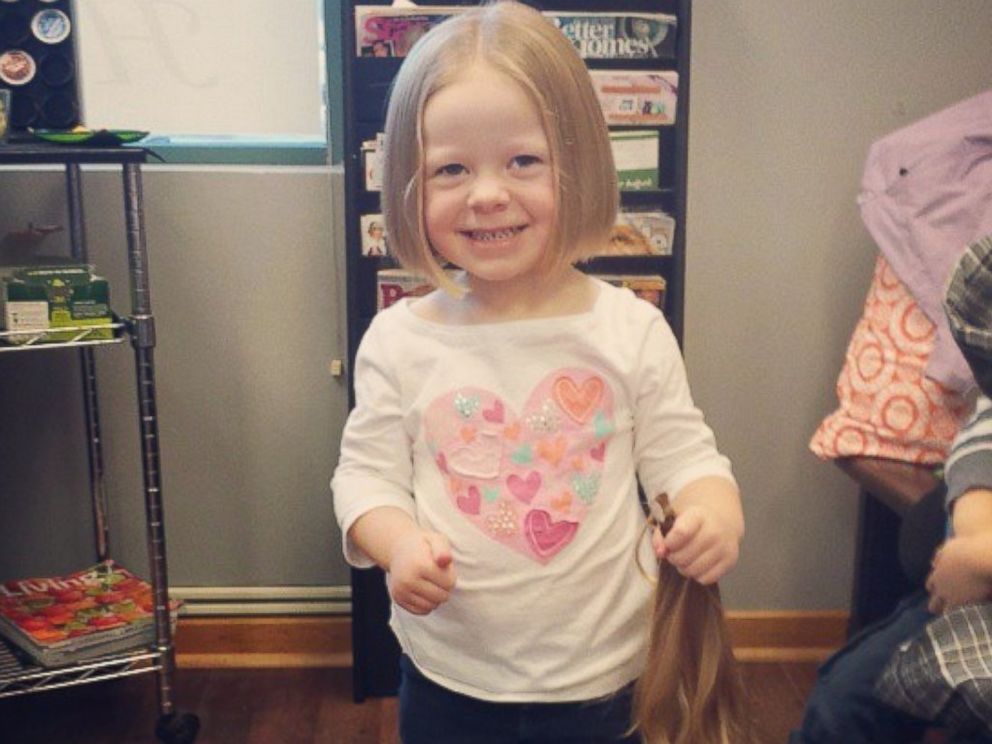
It’s never too early to learn about setting goals, and kindergartners at Norwood School in Bethesda set an ambitious goal for themselves: to collect 5,000 boxes of bandages for pediatric cancer patients at MedStar Georgetown University Hospital in Washington.
As part of a lesson on compassion — the private school’s value of the month for November — the students decided to collect the bandages for young patients being treated at the hospital, said kindergarten teacher Shannon van Yperen. And not just any bandages, but colorful, superhero, cartoon character, crazy design bandages — anything but plain old hospital bandages.
What they got was 7,130 boxes, which, when added to the boxes collected at Mater Dei School in Bethesda, totaled 10,000 boxes. Dr. Aziza T. Shad, chief of pediatrics at Georgetown’s Lombardi Comprehensive Care Center, accepted the bandages during an all-school assembly Friday at Norwood.
For the young patients who get needle sticks from injections or blood draws, a little thing like the opportunity to select a fancy bandage brings a lot of happiness, Shad told the children.
“Keep the spirit of giving,” she said. “That’s what is going to make you a wonderful, wonderful human being.”
Also at the assembly was Ryan Darby, a fifth-grader at Burning Tree Elementary School in Bethesda and a cancer survivor who was treated at Georgetown.
“I think it will make a huge difference, getting a [fancy] bandage,” Ryan said. “It might not seem like much, but it brings happiness.”
Kindergartner Ellery Camet, 6, said she brought in 30 boxes of bandages. She went to neighbors and her grandparents for help with donations.
“I was happy that I was collecting bandages for sick kids,” she said.
James Walters, 5, said he selected bandages with cars on them and some with Ninja Turtles. His classmate Henry Marriott, 5, chose to donate those with airplanes on them, and Sara Groban, 6, selected princess bandages.
“I thought compassion is getting bandages for people who are sick,” said Fionnuala Steuart, 5.
That was the lesson van Yperen hoped the students would learn from the collection drive.
“It’s kids helping kids,” she said. “It’s concrete.”






